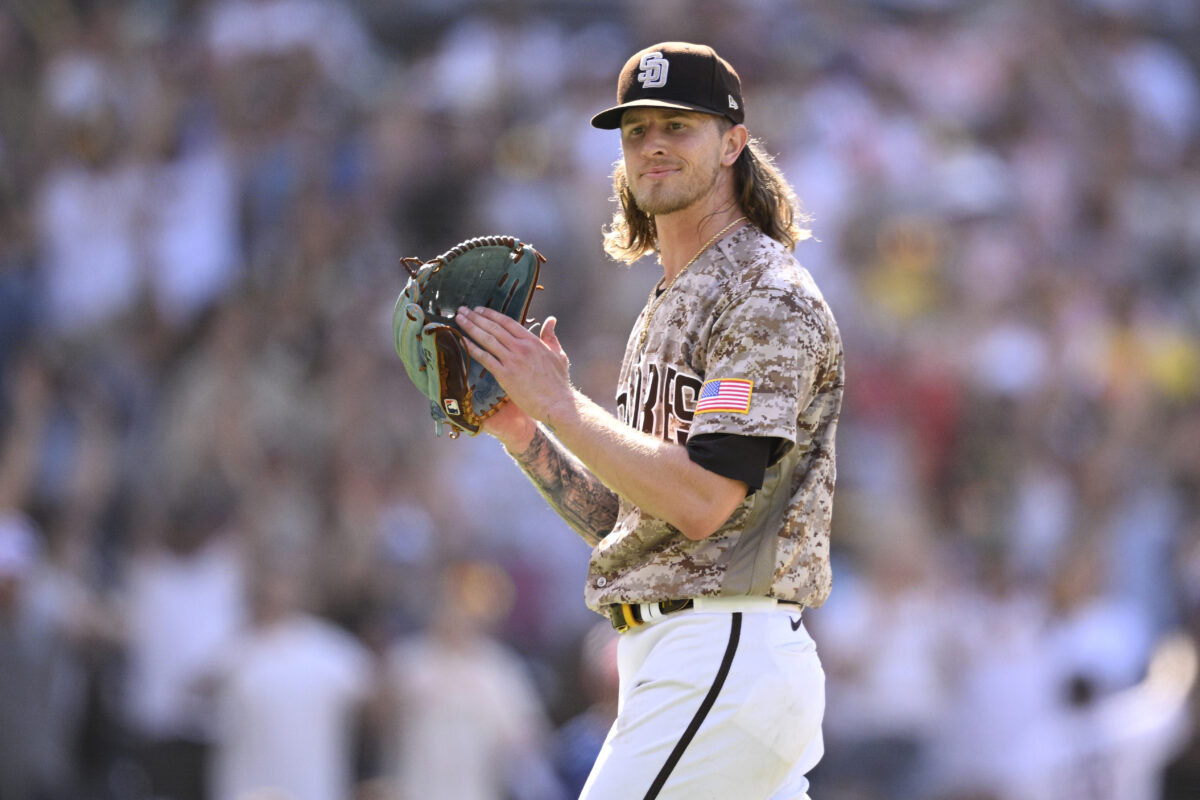After years of speculation, the MLB officially began to implement a pitch clock for this season.
Pitchers are only allowed 15 seconds between pitches when the bases are empty and 20 seconds when runners are on base and the games are much faster.
Last season, we predicted ten pitchers who would likely become most impacted by the rule change. This season, using the pitch tempo data provided by Statcast, we were able to track which players have seen the biggest dips in their tempo on the mound. Here is how it works:
“Pitch tempo measures the median time between pitches (in other words pitch release to pitch release). Only pitches that follow a take (called strike or called ball) and are thrown to the same batter are considered for this metric.”
Note that this timer adds about six seconds more than the actual pitch timer used by umpires.
Using this data, meanwhile, we were able to determine which pitchers are operating at a faster tempo between each pitch while on the mound.
While we cannot assess that correlation equals causation, we also compared the expected weighted on-base average for each pitcher to track their year-over-year progress or regression.
This is why we chose that particular metric for evaluation (via MLB.com):
“xwOBA is more indicative of a player’s skill than regular wOBA, as xwOBA removes defense from the equation. Hitters, and likewise pitchers, are able to influence exit velocity and launch angle but have no control over what happens to a batted ball once it is put into play.”
Here are the ten players whose pitch tempo has been most impacted by the pitch clock rule change. The number next to each name indicates how much shorter the tempo is between each pitch for the player compared to last year.
RELATED: What are the MLB pitch clock rules? Breaking down the details, violations and more
